An unofficial workaround for connecting multiple external displays to M1, M2 and M3 Macs involves using DisplayLink software and external USB-C docks.
Tip: Use DisplayLink to connect multiple external displays to M1, M2 and M3 Macs
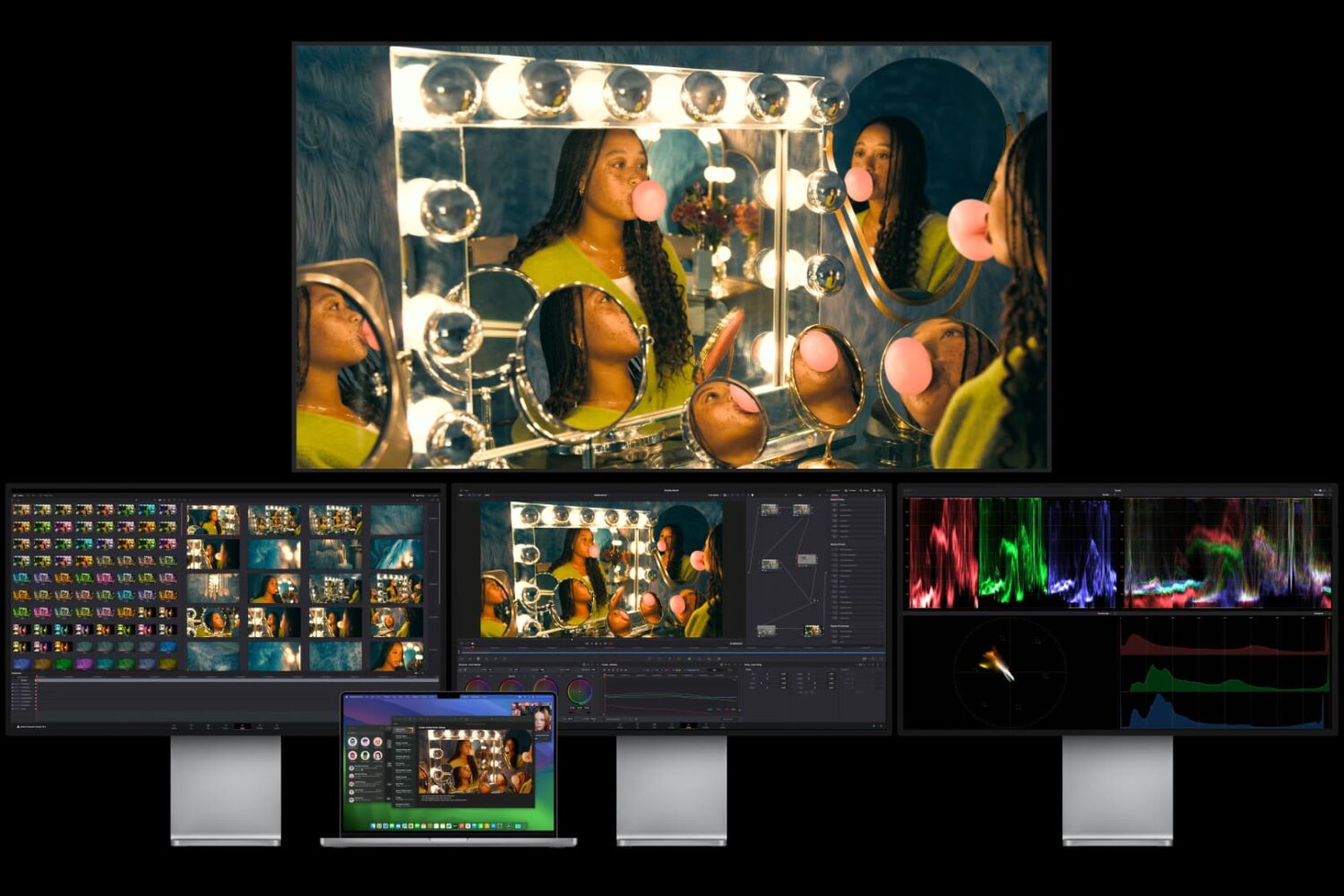

An unofficial workaround for connecting multiple external displays to M1, M2 and M3 Macs involves using DisplayLink software and external USB-C docks.
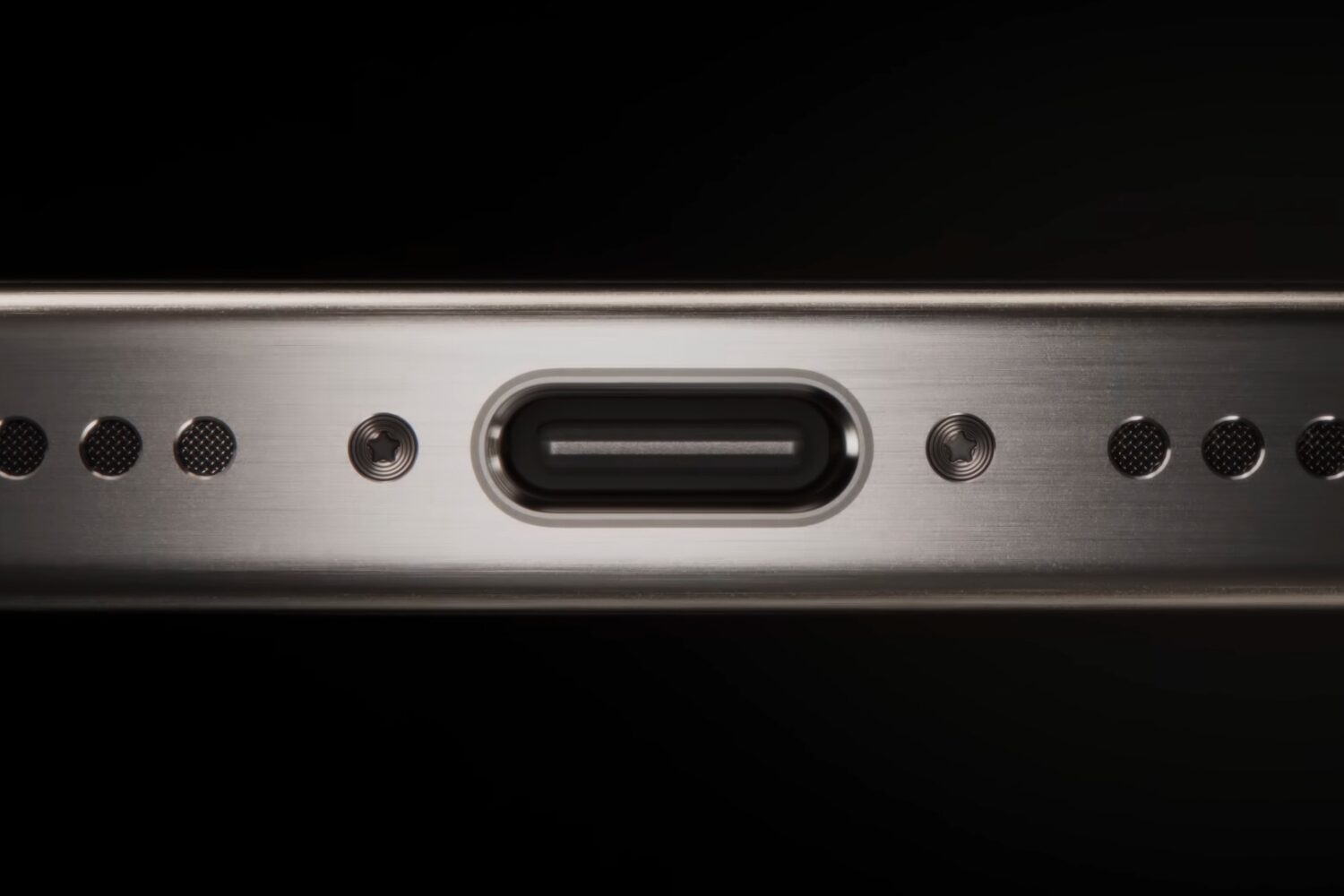
All iPhone 15 and iPhone 15 Pro models support mirroring their displays and natively outputting 4K HDR60 video via USB-C DisplayPort.
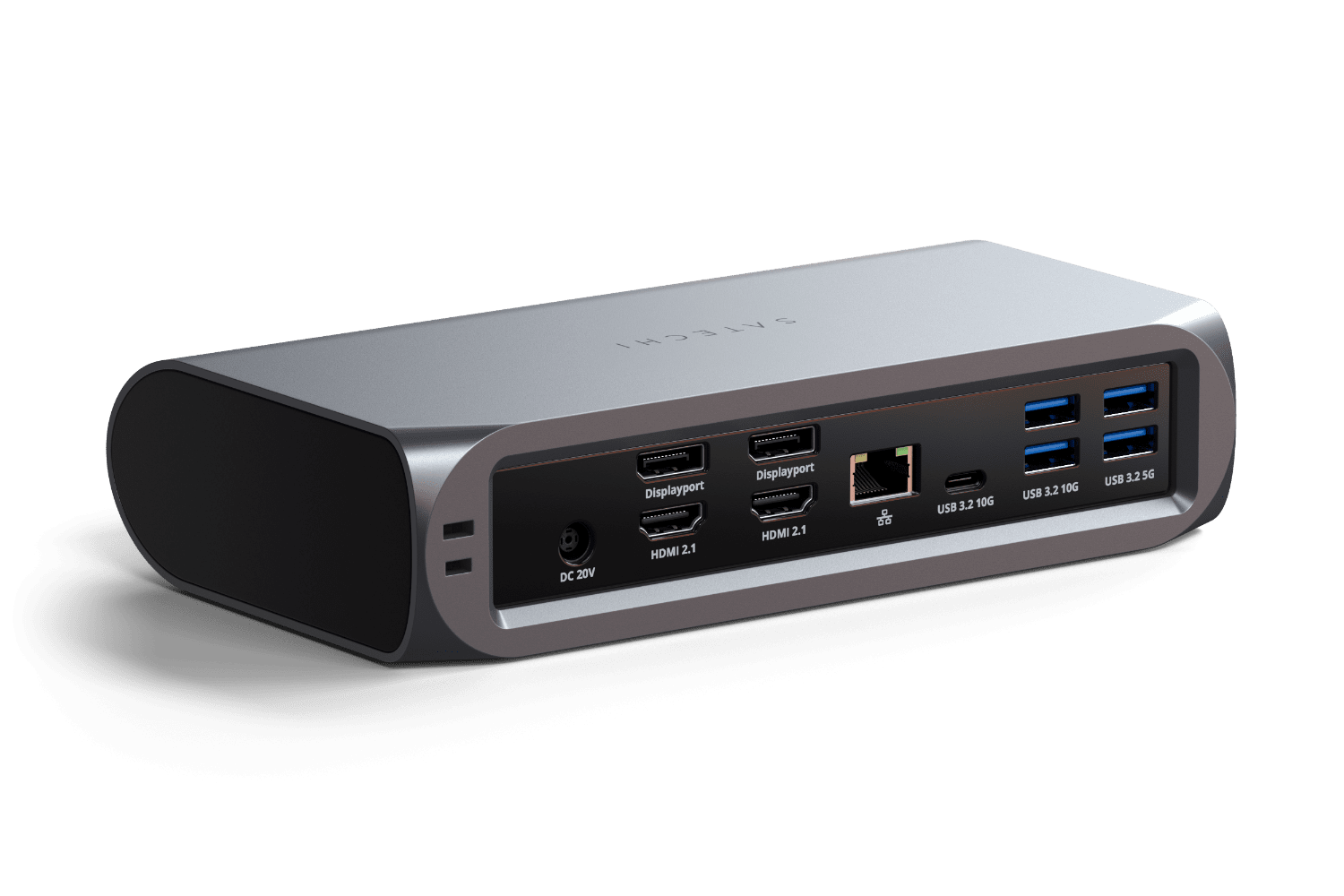
Satechi is a brand that I often look to whenever I’m in need of hubs or adapters for my Mac or iPad Pro, and the reason is kind of obvious. Satechi understands Apple’s design language; they use similar materials in the construction of their accessories as Apple does in their computers and tablets, so everything looks great together.
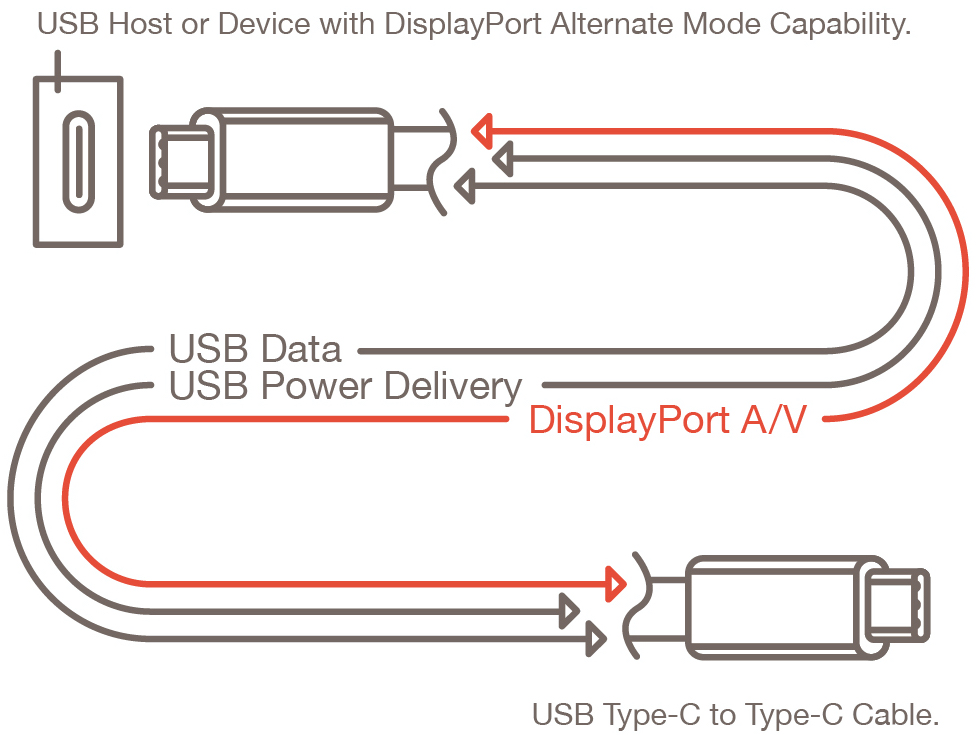
Video Electronics Standards Association (VESA) today unveiled DisplayPort Alt Mode 2.0 with support for the new USB4 protocol, two simultaneous 8K displays, a single 16K display, 80 Gbps video data throughput or 40 Gbps with simultaneous SuperSpeed USB data delivery.
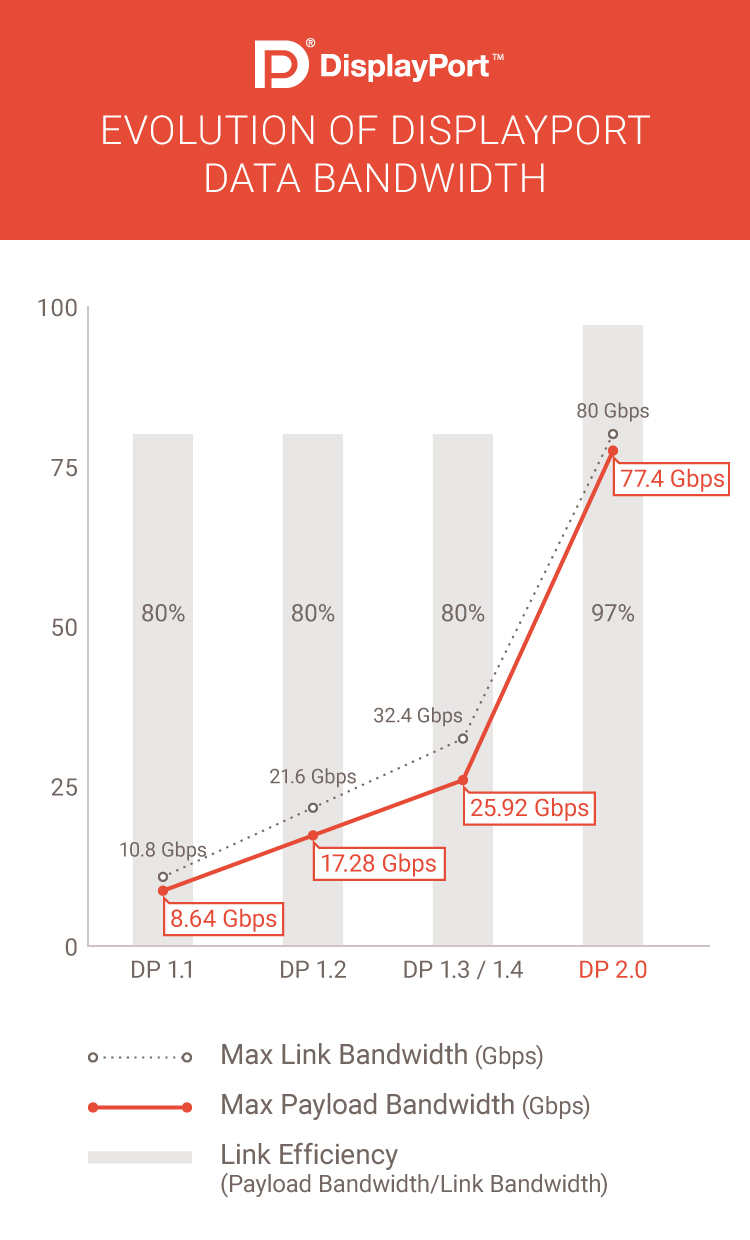
Video Electronics Standards Association (VESA) yesterday announced DisplayPort 2.0, a major update to the popular digital display interface that in its latest incarnation leverages the power of Thunderbolt 3 to simultaneously drive two displays at 8K resolution (7,680 x 4,320 pixels) each over a single cable, or one display at a whopping 16K resolution (15,360 × 8,460 pixels).
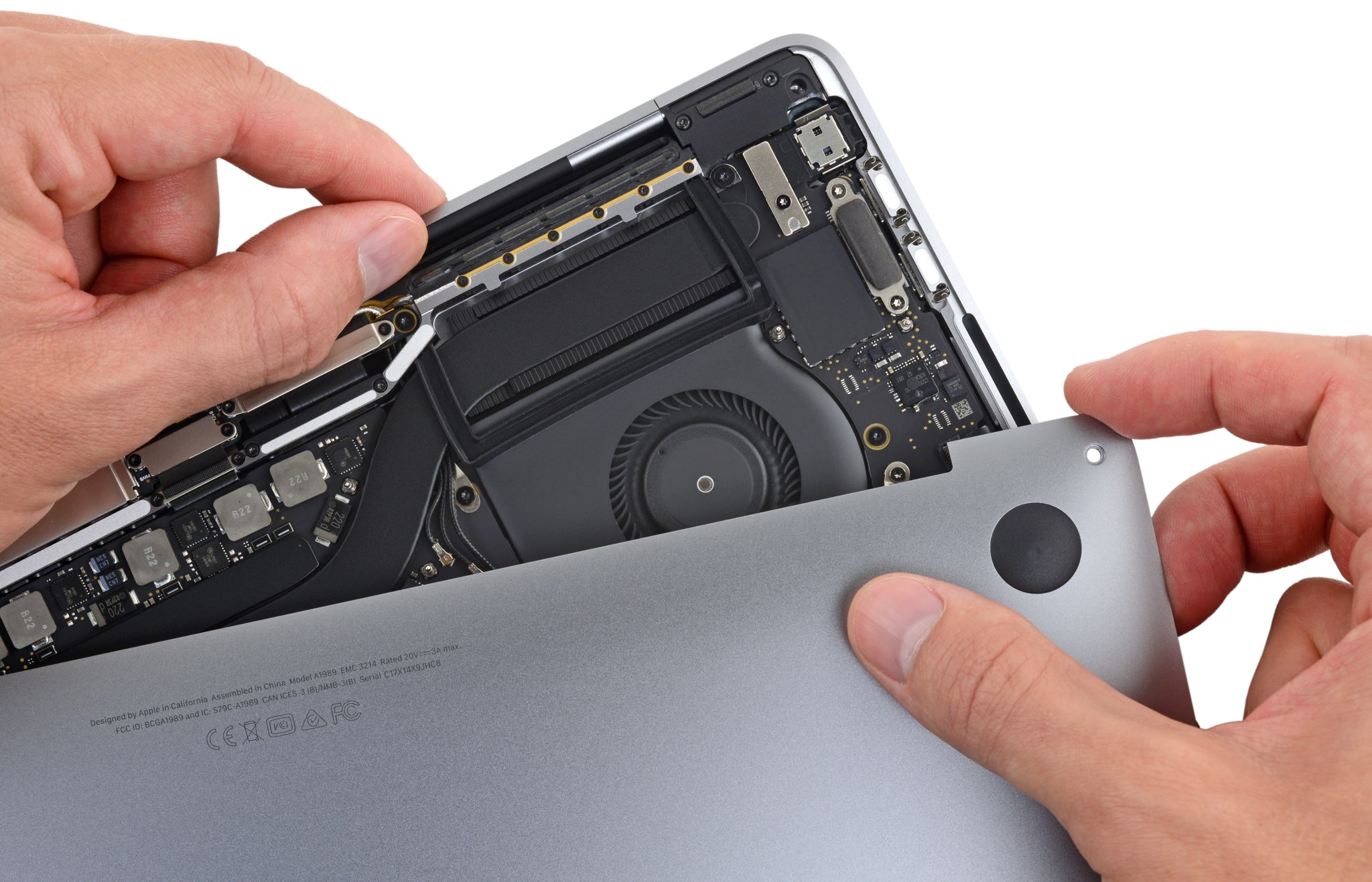
Even though Apple's refreshed MacBook Pro models for 2018 feature an iFixit-identified JHL7540 Thunderbolt 3 controller from Intel, unveiled in January as part of the Titan Ridge platform, the notebooks don't truly support the DisplayPort 1.4 specification.
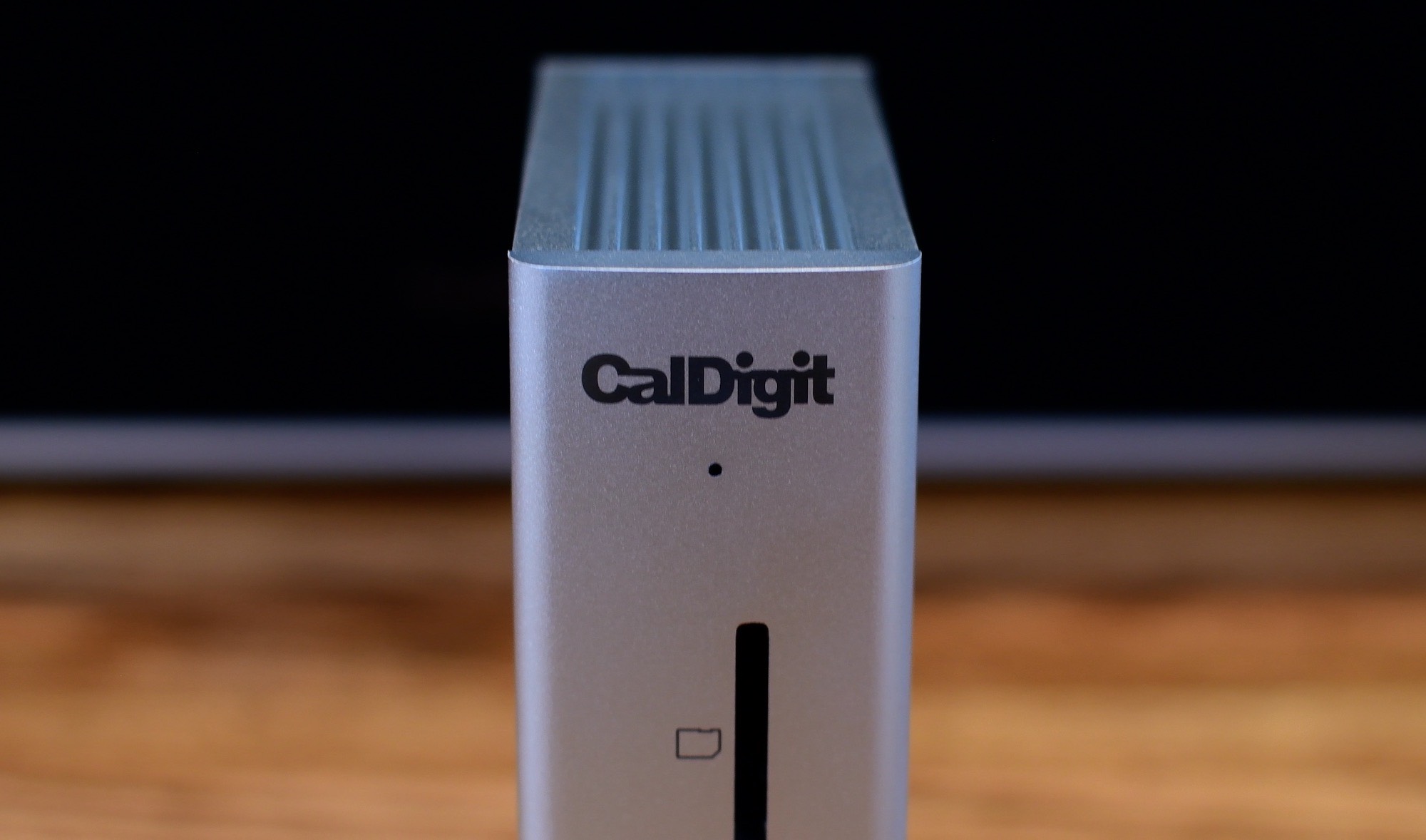
CalDigit today unveiled a new version of its well-received Thunderbolt 3 docking station. We put it through its paces, and it's better in almost every way.
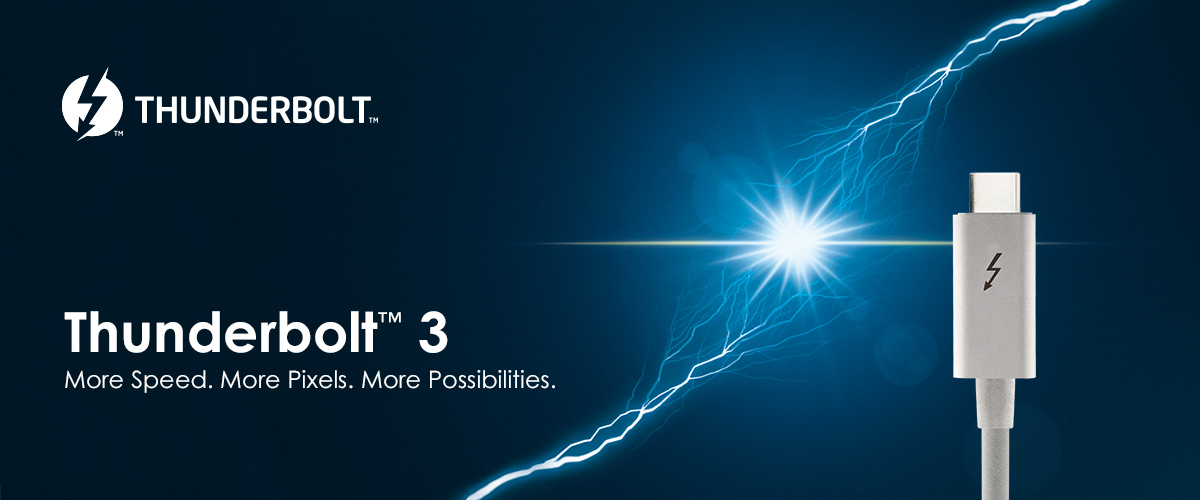
Intel is bringing a trio of brand new Thunderbolt 3 controllers for computers, code-named “Titan Ridge,” which offer DisplayPort 1.4 integration and basic USB-C peripheral compatibility.
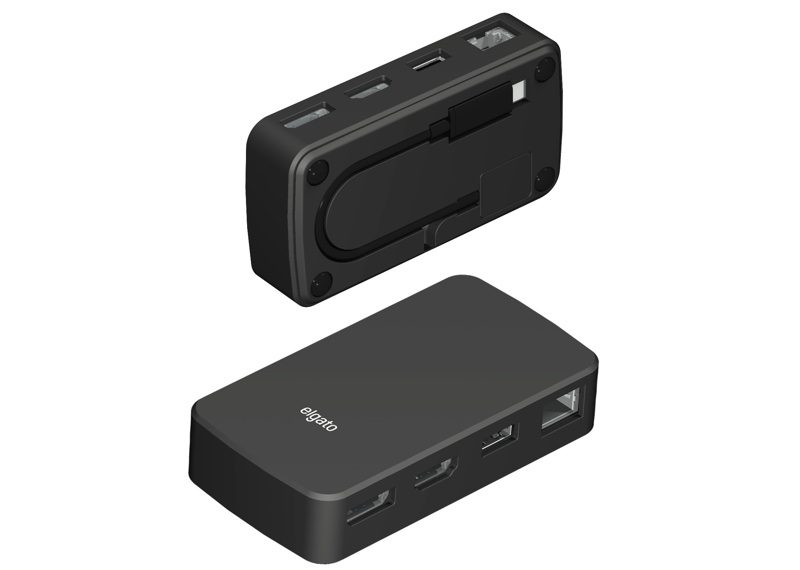
Elgato adds a new product to their Thunderbolt lineup with the Thunderbolt 3 Mini Dock. This miniaturized dock gives you access to DisplayPort, HDMI, USB 3, and Gigabit ethernet ports in a compact size.
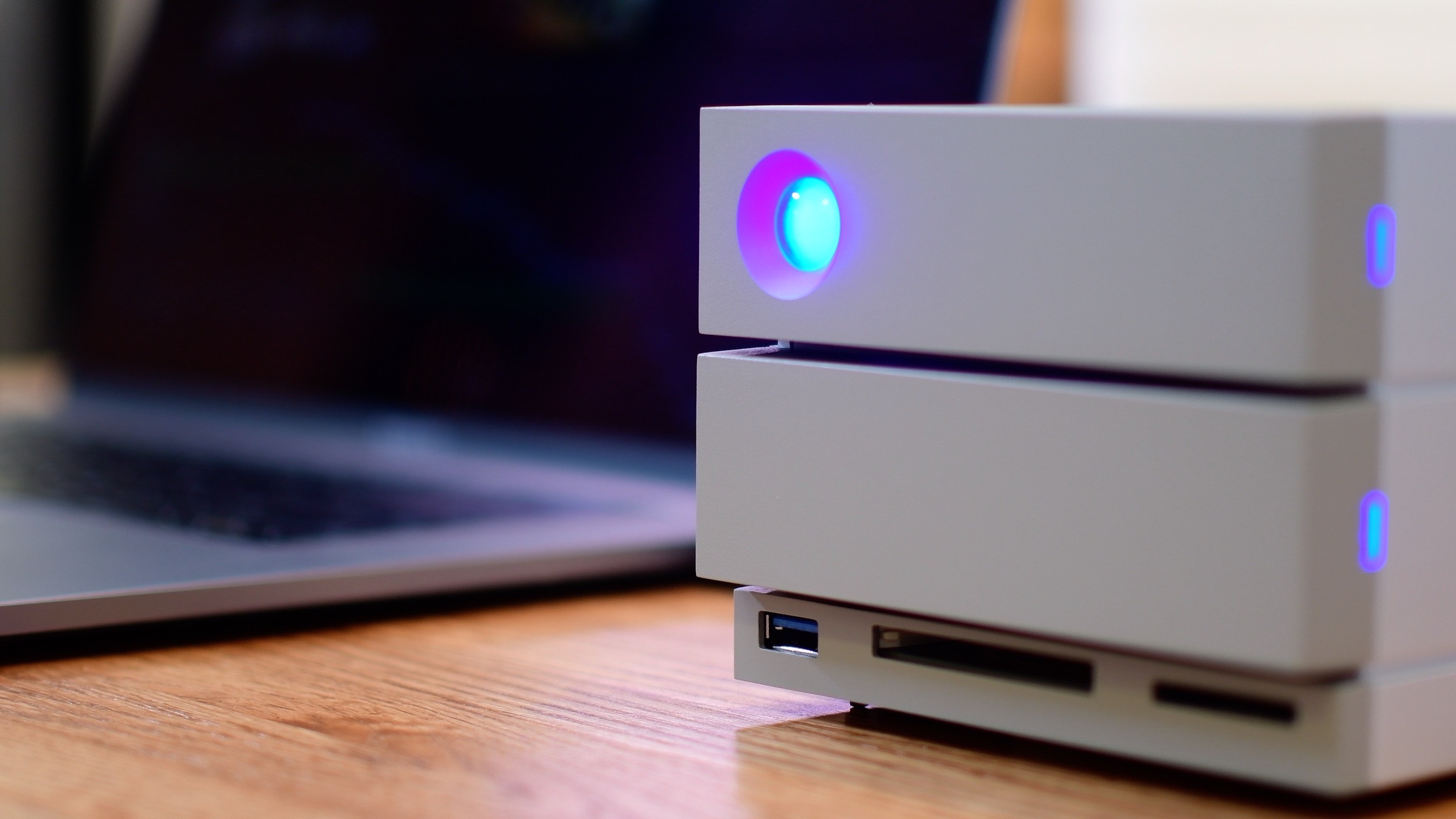
LaCie, the premium brand of Seagate, makes some fantastic products. I've used their Rugged Drive (the same one you can say many an Apple Store employee toting around) for years. Recently, I've been using their updated 2Big Thunderbolt 3 Dock that not only offers plenty of storage, but a multitude of ports and expansion options as well.
Usually we see Thunderbolt 3 devices belong to one of two categories. The first being storage, the second being docking station. There are very few that fall in the middle of that Venn diagram. The CalDigit AV Pro II belongs there, as well as LaCie's 2Big Thunderbolt 3 Dock.
As per usual, to get the best look at this desktop beast, check out my in-depth video.
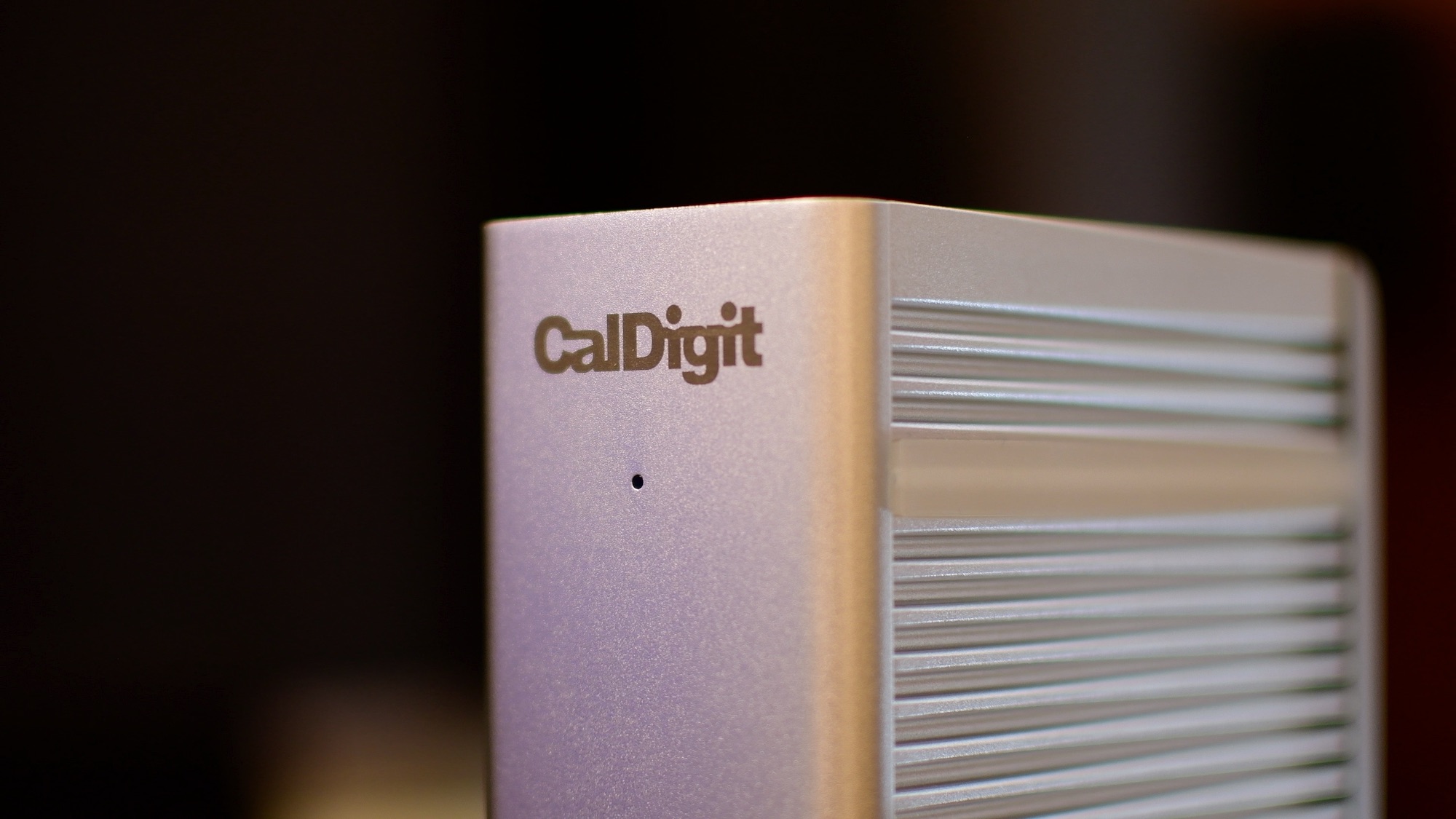
CalDigit TS3 is a solid options for pros looking to expand the functionality of their MacBook Pro or Thunderbolt 3 equipped iMac.

The Video Electronics Standards Association, or VESA, announced yesterday an update to the Embedded DisplayPort standard used in notebooks, desktop computers and other devices.
An improvement over the current DisplayPort 1.2a, the Embedded DisplayPort Standard 1.4a paves the way for notebooks, tablets, smartphones and all-in-ones with screen resolutions of up to 8K, or a whopping 7,680-by-4,320 pixels.
First gadgets using the new standard, based on Intel's upcoming SkyLake chipsets, are expected to hit the market by 2016.